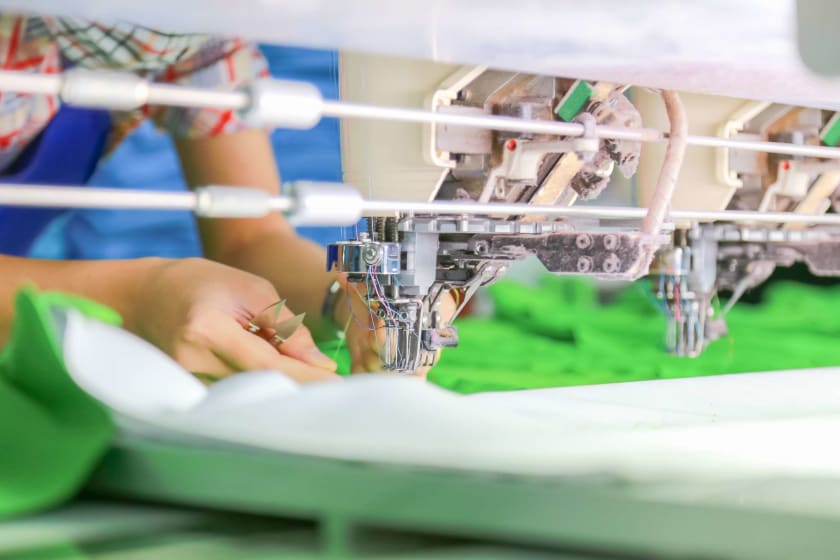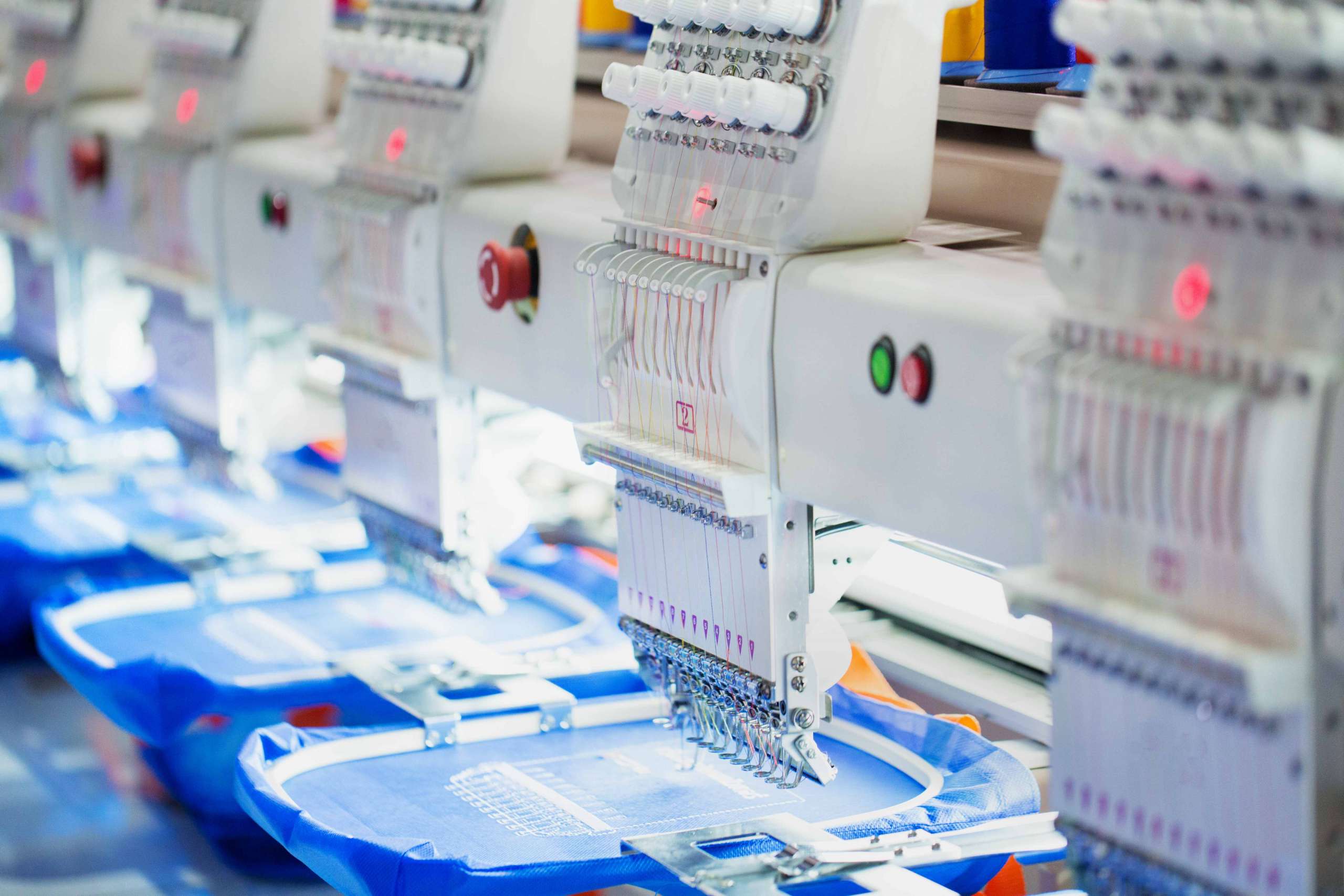How Technology is Revolutionizing the Fashion Manufacturing Industry



This article originally appeared in the Technology Dispatch.
The traditional fashion supply chains are opaque, slow, and convoluted. Even to this day the average manufacturer takes four to six months to produce a collection and still requires a high minimum order quantity (MoQ). Even despite the fact that industry leaders are adding new styles to their websites every single day. Tracking the source of raw materials has become nearly impossible. Trends are changing rapidly and traditional production output levels can’t sustain the rising demand for new and unique merchandise because they are disorganized, and bureaucratically run.
The hyper growth of e-commerce coupled with increasing consumer interest in the product life cycle and blackswan events like COVID-19 have proved that the traditional supply chain is outdated. Going forward, supply chains will need to become more agile, sustainable, and most importantly, data-driven. Interestingly enough, technology is the single-most important tool to help facilitate transformation in the fashion manufacturing sector.
How To Optimize The Supply Chain
The fashion manufacturing industry has traditionally involved multiple middlemen. brand’s sourcing manager might get in touch with an apparel buying house who will place an order with a manufacturer and in turn, sublet different aspects of production to others. As a result, the brand loses control over the production process.
With end-to-end platforms such as Fashinza, brands can directly place their orders with verified manufacturers through the platform which allows them to track, monitor, and chat with key manufacturers at every stage of the production process. As such, it optimizes transparency and control by removing unnecessary middlemen. In fact, the search for suppliers can be radically improved through such platforms via automated supplier-matching based on a brand’s requirements and a supplier’s expertise/ past performance records.

End-to-end production platforms also take care of design by offering trend-based catalogs, so that brands can save time and resources that go into creating a collection from scratch. Communication is efficient with a 24/7 support team and ground team at brand’s disposal – time, geographical, and linguistic barriers are no longer a challenge when producing overseas.
Tech-driven Trends
In the near future, we expect to see more focus on sustainability, where technology will play a key role in tracking the entire lifecycle of the product right from the selection of raw materials to the used and disposed/recycled product.
3D sampling, which is already in use, is likely to become more mainstream where 3D models of the garments made using tech would replace real digital samples, reducing fabric wastage. This will also significantly minimize sampling time from a standard 15-20 days to one to two days.
The manufacturing process is set to become more efficient with tech intervention. For instance, Fashinza uses a Manufacturing Execution System called QaPP in partner factories. It performs quality audits and helps to monitor hourly to yearly quality of production as well as defects, production quantity, performance per line, and more. If there are any defects in equipment that may affect overall production, through the use of the QaPP system these will be identified immediately. This dramatically reduces fabric wastage and unnecessary delays in production while reducing expenses and speeding up the process.



















